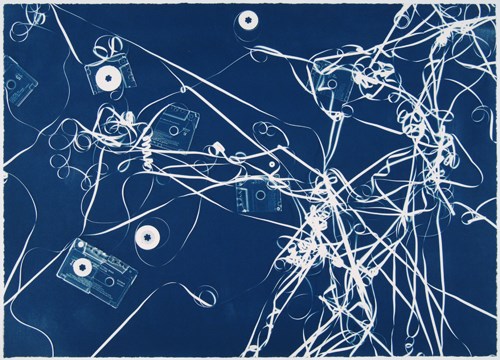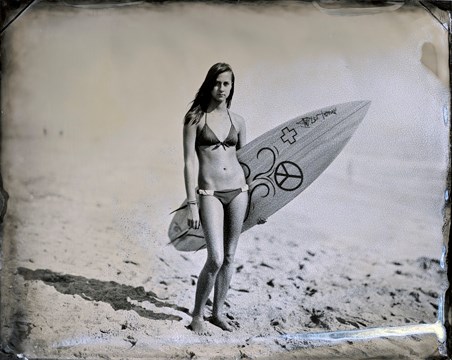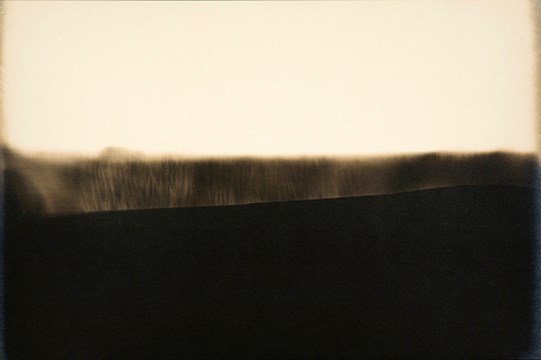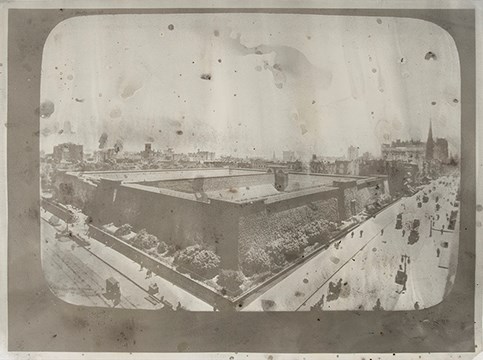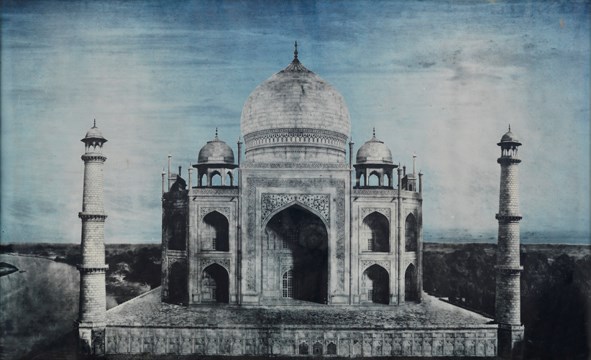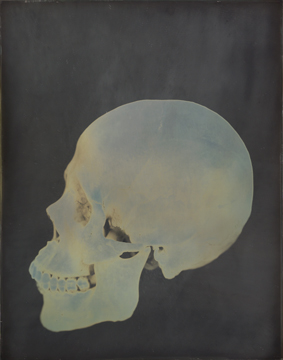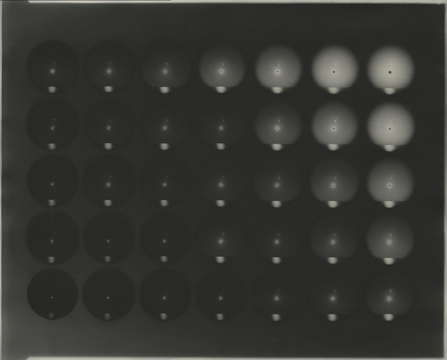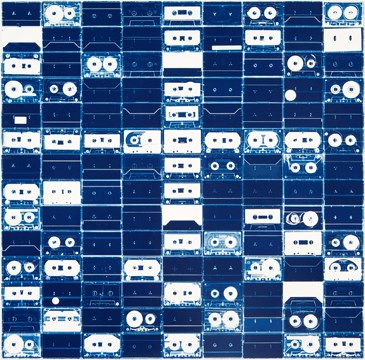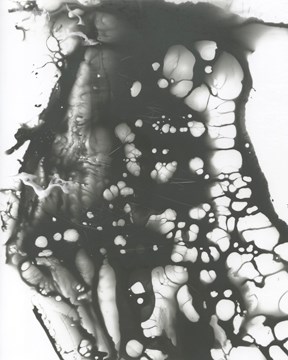RETRO-SPECTIVE: ANALOG PHOTOGRAPHY IN A DIGITAL WORLD
SEPTEMBER 24, 2016 - JANUARY 8, 2017
RETRO-SPECTIVE EXPLORES the works of photographers who, at the height of the digital age, are turning back to nineteenth century photographic processes and, in so doing, redefining the parameters of the medium and its expressive capacities alike. While darkroom experimentation is largely a thing of the past, the longing to connect with a physical aspect of picture-making remains. The exhibition features photographs by Matthew Brandt, Adam Fuss, Richard Leayord, Christian Marclay, Chris McCaw, Alison Rossiter, Joni Sternbach, and James Welling, who continue to explore and play with analog processes and materials of photography.
For these artists, the darkroom is a laboratory, where a renewed passion for camera-less photograms, solarization, and photography's capacity to record light is realized. New technologies, equipment, or unorthodox materials, however, expand the possibilities of what a photograph can be. Retro-spective presents how contemporary artists continue to engage in the medium's physical processes; the resulting images not only celebrate the material essence of analog photography but challenge viewers to see the medium anew.
ARTISTS
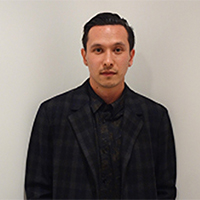
MATTHEW BRANDT
Inspired by generations of landscape photographers and having closely studied the history of the photographic process, American photographer Matthew Brandt makes pictures using the physical matter of the subject in the development process. He experiments with many different items to make his own paper and ink, as well as using the items to physically affect the photograph after printing. Brandt's colorful, washed-out, and oddly shaped photographs are one-of-a-kind, as his printing methods make it nearly impossible to create duplicates.
© Yossi Milo, Matthew Brandt, New York, 2016.
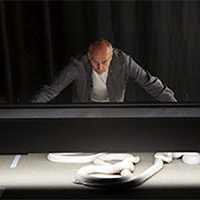
ADAM FUSS
Adam Fuss, born in 1961 in London, is a British photographer who lives and works in New York. Over the past twenty years, Fuss has created a distinctive style by reinterpreting some of photography's earliest techniques, particularly the camera-less methods of the daguerreotype and photogram. His early experimentations with unconventional photographic processes in England led to his eventual abandonment of the camera altogether. Evocative and poetic, his life-size photograms are ghostly manifestations of light and shadow.
Courtesy Cheim & Read, New York.
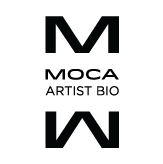
RICHARD LEAROYD
British photographer Richard Learoyd creates color images with one of the most antiquarian of photographic processes: the camera obscura. He has created a room-size camera, otherwise known as a dark room, where he makes direct positive prints by exposing large sheets of photographic paper directly to light. Each sheet is processed individually, creating an entirely grainless image. Learoyd's photographs are predominantly studies of people, who are clad or nude and more or less life-size.
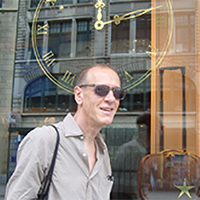
CHRISTIAN MARCLAY
Visual artist and composer Christian Marclay, who is based in London and New York, explores the juxtaposition between sound recording, photography, video, and film. “I've always been interested in how sound is visualized,” he once explained, which is not surprising given his work transforms sounds and music into visible, physical form. As early as 1979, he began his exploration into sound and art through performances with turntables and phonograph records to create his “theater of found sound,” influenced by Marcel Duchamp. His innovative works and fresh voice have inspired an entire generation of musicians, artists, and theorists.
Courtesy Paula Cooper Gallery, New York.
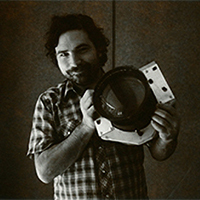
CHRIS MCCAW
American photographer Chris McCaw has an unusual technique for capturing movement and light in his photographs of landscapes and skyscapes. McCaw constructs his own large format cameras and works with vintage gelatin silver photo paper that is often no longer being made. Long exposures, sometimes up to twenty-four hours, allow the sun's light to expose directly onto the paper. The resulting marks are a beautiful mixture of creation and destruction, showing the trajectory of the sun, often burning right through the paper.
Copyright Chuck Katz.
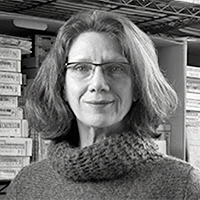
ALISON ROSSITER
Since the mid-2000s, American photographer Alison Rossiter has embarked on series after series of camera-less photographs. To do so, she activates unused, expired photographic paper, most of which is purchased on eBay, by pouring or pooling liquid developer directly onto the surface, or dipping the sheets into developer. Rossiter's eerie, abstract images forge a dialogue between the fundamentals of analog photography, the history of the medium, and the use of materials.
Copyright Michelle Kloehn.
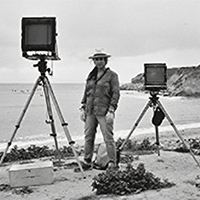
JONI STERNBACH
Joni Sternbach, a native New Yorker, uses both large-format film and early photographic processes to create contemporary landscapes and environmental portraits. Her work centers on our relationship with water, contrasting some of the most desolate deserts in the American West to iconic surf beaches around the world. For the tintype series Surfland, Sternbach has traveled around the globe to capture surfers' sense of adventure, love of the sport, and connection to the ocean.
Photo by Eric Taubman.

JAMES WELLING
Connecticut-born photographer James Welling experiments with color and landscape using many different methods to manipulate his photos. In his early works with Polaroid paper in the mid-1970s, he would make long exposures with a shutterless camera and heat the prints during processing to intensify the colors. Now using the effects of digital retouching in Photoshop, Welling employs multiple color channels and layering to deconstruct the original photos and then recreate exciting and vivid images that push the color boundaries even more. He also juxtaposes people and objects with his landscapes and uses four-color offset printing to make images that the human eye cannot see on its own.
Courtesy of James Welling studio.
SPONSORS
PRESENTING


